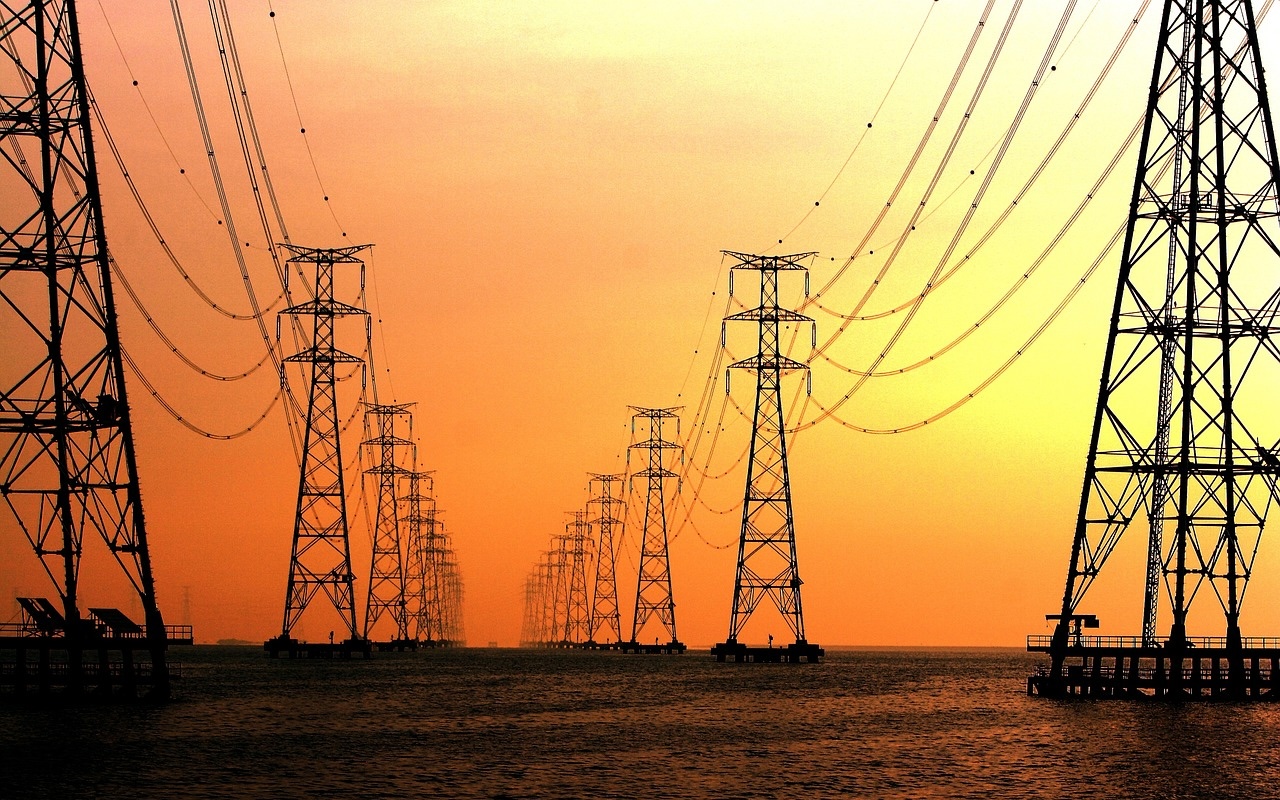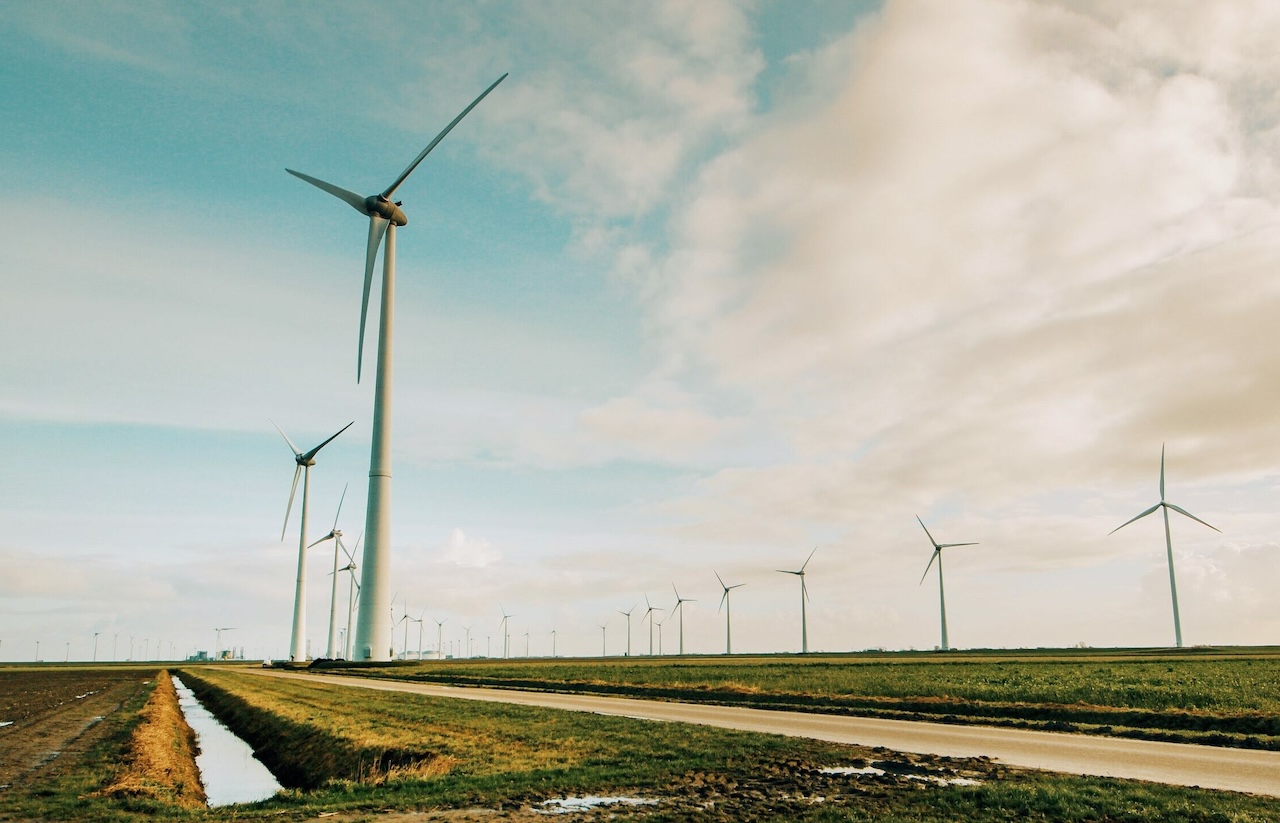The UK’s energy watchdog, Ofgem, has approved a landmark £4.3 billion project to construct a cutting-edge, low-carbon electricity “superhighway”. Spanning 300 miles, this ambitious infrastructure will transport renewable energy from the windfarms of north-east Scotland down to the north of England. This development marks a significant stride towards bolstering the UK’s green energy capacity and reducing carbon emissions. Scheduled to commence later this year, the Eastern Green Link is poised to become Great Britain’s longest subsea power cable. Its initial phase promises to deliver enough renewable electricity to power two million homes in England, leveraging Scotland’s abundant wind energy resources. The venture represents the largest investment in the nation’s electricity grid to date, with funding sourced from energy bill payments.
This project is the frontrunner in a series of 26 major energy grid projects that Ofgem intends to expedite. The aim is to harness the potential of the UK’s offshore windfarms more effectively, ensuring a wider distribution of renewable energy across the country. Developed through a partnership between SSE and National Grid, the Eastern Green Link is expected to begin transmitting power by 2029. A subsequent project, led by Scottish Power and National Grid, is also on the cusp of receiving Ofgem’s approval. Ofgem’s endorsement of these plans is crucial for the UK’s transition to a more sustainable energy system, enabling the integration of greater volumes of renewable energy into the national grid. This initiative aligns with the government’s objective to achieve a net-zero electricity system by 2030 and addresses the pressing need to upgrade the grid to meet the nation’s legally binding climate targets.
Despite the enthusiasm surrounding these developments, there’s palpable concern among rural communities regarding the environmental impact of new transmission projects. However, industry representatives, including Lawrence Slade of the Energy Networks Association, highlight the broader benefits. These projects are set to catalyse the largest grid upgrade in decades, generating employment opportunities, securing contracts for local suppliers, and ensuring more reliable energy supplies in the future. Ricky Saez, director of the project, emphasised its role in enhancing energy security and contributing to net-zero targets, alongside a commitment to supporting local environmental and community wellbeing initiatives.
In a bid to expedite the deployment of this vital infrastructure, Ofgem has also initiated a fast-track scheme, potentially hastening the Eastern Green Link’s completion by up to two years. The agency has further mandated project developers to identify £79 million in cost savings, underscoring its commitment to efficiency and consumer benefit. Jonathan Brearley, CEO of Ofgem, assured that streamlined processes would not compromise financial oversight, ensuring that the project delivers maximum efficiency and value for consumers. The majority of the Eastern Green Link will be laid under the seabed along Britain’s east coast, with around 44 miles of cabling onshore, meticulously buried to minimise environmental impact and connect seamlessly to the grid in Yorkshire.
News Team





